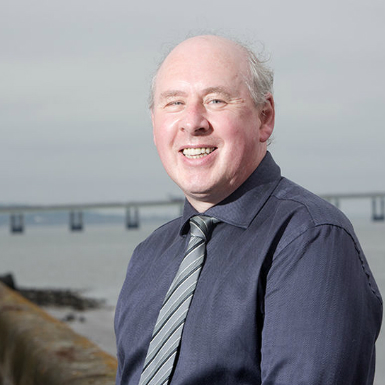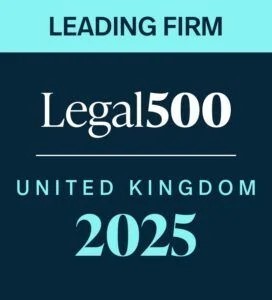A case where a child suffered serious injury on a fairground ride has highlighted some of the hazards associated with fairgrounds. In this particular case there were problems with:-
- some of the seat belts; and
- failure by children to use the seat belts.
As a result of these failures, the operator of the fairground was fined heavily for breaking the terms of the Health & Safety at Work Act 1974.
Legal duties
First of all, the operator will need a public entertainment licence from the Local Authority in terms of the Civic Government (Scotland) Act 1982. Typically, the licence will cover a number of matters including event safety/insurance/indemnity for any damage etc. Usually, the licence will oblige the operator to prepare in advance of the fair an Event Safety Plan which must comply with all requirements under Health & Safety at Work Act. It will also cover ancillary matters such as fire safety and food safety.
Regulations
Various regulations have been made under Health & Safety at Work Act. Many of these regulations create duties which only exist between the operator as an employer and his employees. Some regulations though extend these duties to members of the pubic and in particular the Management of Health & Safety at Work regulations 1999. These, mirroring the public entertainment licence requires the operator to carry out a thorough risk assessment before opening the fair and operating the attractions. In addition, the operator owes the public duties under the terms of the Occupiers Liability (Scotland) Act 1960. The duty is to take reasonable care to see that persons invited into the fair are not put at any unnecessary risk of injury and any hazards brought about by operation of the fair.
How can fairground operators ensure they comply with their legal duties?
Very comprehensive guidance is available to fairground operators and issued by the Health & Safety Executive “Fairgrounds and Amusement Parks: Guidance and safe practice”. The guidance stresses the requirements to:-
- before the fair starts making a comprehensive risk assessment of all the risks associated with operating the fair.
- making sure that preventive action is then taken to address all the risks highlighted in the Risk Assessment, and;
- good management to ensure that the staff operating the fair enforce all the safety measures identified in the Risk Assessment.
Legal remedies if something goes wrong
Typically, accidents will occur because:-
- of a defect or failure in the fairground rides;
- a failure by the staff operating the ride to ensure that children or adults using the rides take care such as using seat belts provided;
- fire;
- trips and slips due to electrical cabling on the fairground.
Remedies
If there is a fault with the machinery you may be able to claim against both the manufacturer and the operator of the fairground ride:-
- if there is a failure by the staff operating the ride to see that it is used safely the claim may lie against the operator;
- any claim for injury or damage caused by fire at the fairground will lie against the operator of the fairground as the occupier for the purposes of the Occupiers Liability (Scotland) Act 1960;
- for any trip or slip in the fairgrounds, a claim will lie against the operator.
Access to fairground rides
Some rides are not suitable for young children or others who may have a disability or pregnant women. It’s up to the staff operating the device to ensure that the ride is only used by people it is suitable for. Signs and notices should be placed adjacent to the ride warning those people for whom use of the ride is not suitable. One particular feature of this is determining when a child is old enough to go on a ride unsupervised by an adult. Habitually fairground operators assess whether it is safe to admit an unaccompanied child on to a ride by their height. But some young children can be tall for their age and so checking by height alone may not be safe. Additional checks may be needed especially if the behaviour of the child suggests they may not be suitable to use the ride unsupervised.
How we can help
If you have sustained an injury in an accident and you think you may have a claim, please contact us to discuss the matter on 0800 988 8082 or complete our online enquiry form and a member of our team will get back to you right away.




